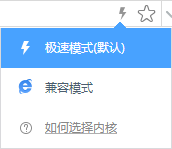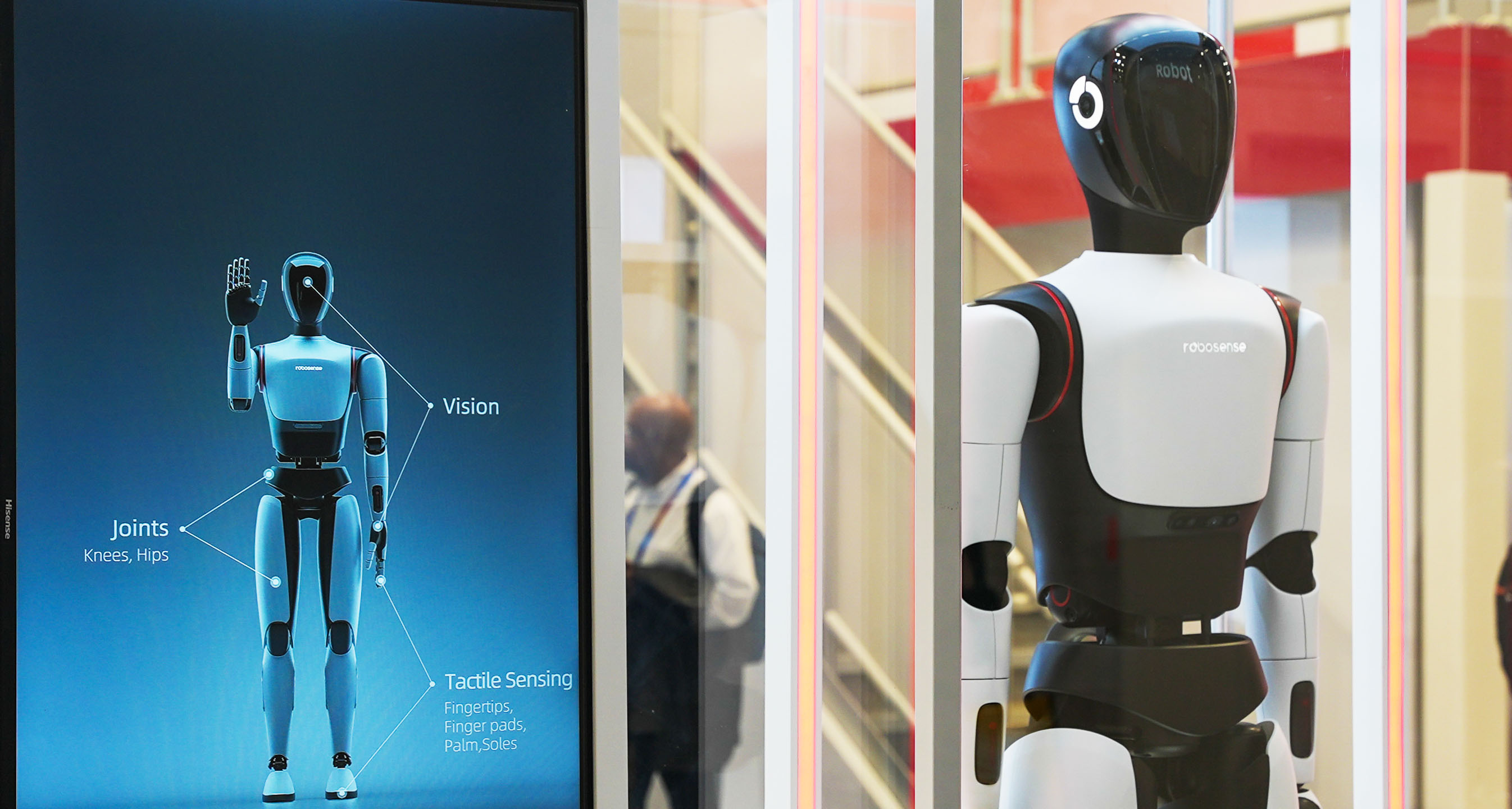[Shenzhen, February 12, 2025] – Recently, RoboSense (2498.HK), an AI-driven robotics technology company that supplies industry-leading incremental components and solutions for the robotics market, was included in the “The Humanoid 100: Mapping the Humanoid Robot Value Chain” report published by international investment bank Morgan Stanley. This places RoboSense alongside major companies such as Nvidia, Microsoft, Google, and Tesla, as part of the Global Humanoid Robot Industry Chain Top 100 list of publicly listed companies.
Morgan Stanley categorizes the humanoid robot value chain into three main categories: “Brain,” “Body,” and “Integrators.” In the “Body” category, RoboSense stands out as a key player in the “Sensor” segment. With its innovative technologies and industry-leading position in LiDAR and vision sensors, RoboSense has become one of the dominant companies in both the “Vision” and “LiDAR” sensor categories, alongside well-known tech giants such as Sony and Intel.

In the rapidly growing intelligent robotics market, RoboSense serves over 2,600 customers across robotics and other industries, offering incremental components and solutions tailored to diverse scenarios and tasks, with clients across more than 40 countries and regions worldwide. At the AI Robotics Global Launch Event, themed "Hello Robot," held in January 2025, RoboSense unveiled its next-generation digital LiDAR solutions, including the E1R and Airy, tailored specifically for intelligent robots. These products comprehensively meet the perception needs of various types of mobile robots, whether industrial, commercial, or embodied intelligence, across complex scenarios, accelerating the penetration and adoption of LiDAR in the robotics market. Currently, these products have secured large-scale orders from key global clients in the consumer robotics, commercial robotics, and industrial robotics sectors, with mass production and deliveries set to roll out throughout 2025.
The newly launched Active Camera solution in the robot vision category will build an intelligent ecosystem that integrates sensor hardware, computing cores, and AI algorithms. This solution supports a variety of sensor configuration combinations, meeting the needs for different ranges, accuracy, resolution, and resistance to ambient light interference. It aims to reduce the development complexity of robots designed for various specialized scenarios, while continuously exploring universal, simple, and elegant robot vision solutions.

The Morgan Stanley report also analyzes that 73% of the companies in the global humanoid robot industry chain are located in Asia, with China holding a 63% share of the humanoid robot supply chain, showing significant advantages in the “Body” sector. The report highlights that companies in the “Body” category mainly provide core components such as sensors, actuators, batteries, and analog semiconductors, which meet the mobility, sensing, and power distribution needs of humanoid robots. RoboSense, along with companies like Sony, Texas Instruments, Intel, CATL, and Inovance, is a core representative in this segment.
In the vast future landscape of AI robotics, RoboSense will leverage its ten years of technological and industrial accumulation in the sensor field to position itself as a supplier of incremental components and solutions for intelligent robots. Based on whole-machine development, RoboSense will offer universal robotic mobility and operational solutions, while continuing to launch more incremental components suitable for various scenarios. This will help reduce research and development barriers in the robotics industry, empower various robotics sectors to accelerate commercialization, and drive the industry toward an era of embodied intelligent robots with generalized AI.


